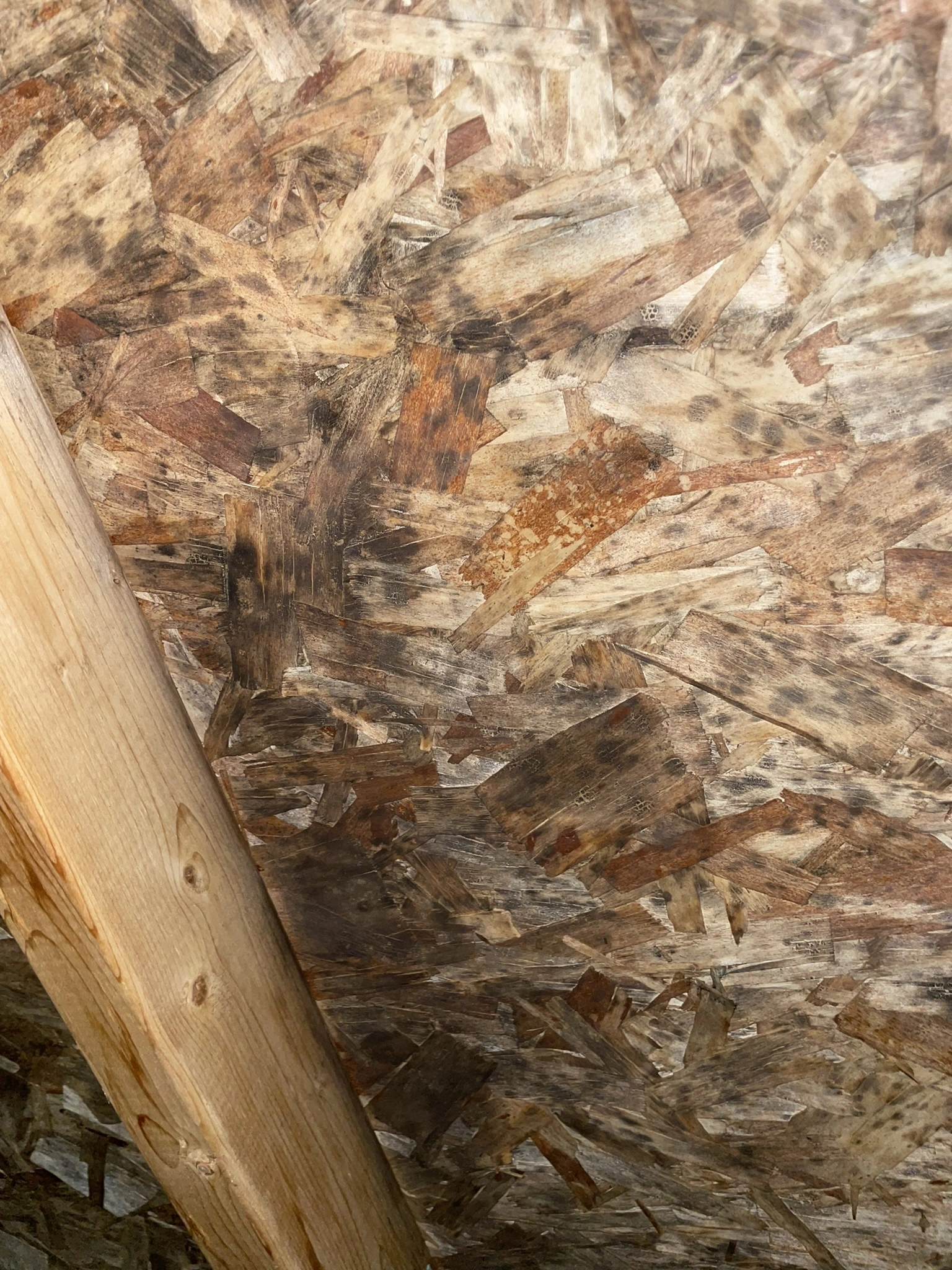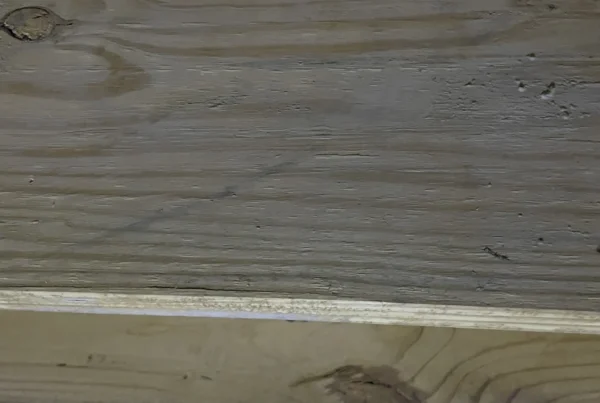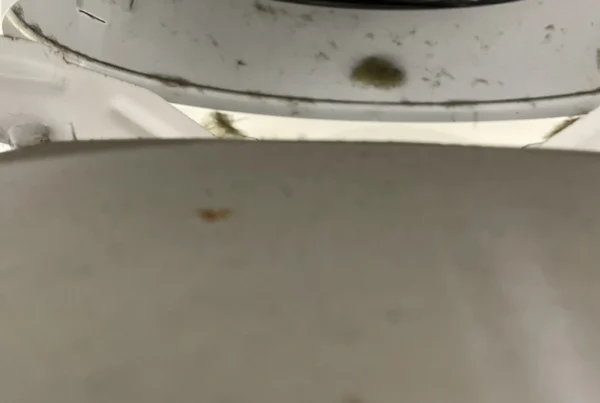
Is This Mold in the Attic?
Your real estate transactions can be stalled when the presence of mold growth is found in hidden areas. This is often the case when discoloration, staining, or “suspected biological growth” is identified on attic decking.
Deck staining has always been seen as an indication of accumulated moisture in attics, and correction of the leak or other source of moisture was the primary concern. Today, people have more awareness of mold. Mold growth could be a health concern, and this discoloration could affect the sale of your home, even if there is no evidence of mold in the indoor environment.
Recently, we were called to a home in Muncie and asked to determine if the “suspected biological growth” discovered in an attic was mold growth. A visual inspection indicated the discoloration is mold, and we did some testing to confirm.
Attic Test Results
A swab was collected from an area of discoloration and sent to our lab for analysis. Sure enough, Cladosporium mold was found to be present with a “very heavy” quantity indicated. The presence of “many” mycelium in the sample indicates a high probability of active mold growth meaning that the problem is very likely to continue to get worse over time if the moisture source causing it is not corrected.
- Our Prediction: Yes, this is mold
- Test Results: Yes, this is mold


Indoor Environment Testing
Air testing within the living space was also conducted, and confirmed that the presence of heavy mold growth on attic decking has little or no impact on the indoor environment. As is often the case, just because “hidden” mold is present in a home, it doesn’t necessarily mean that it is impacting occupants health or indoor air quality in a significant way.




